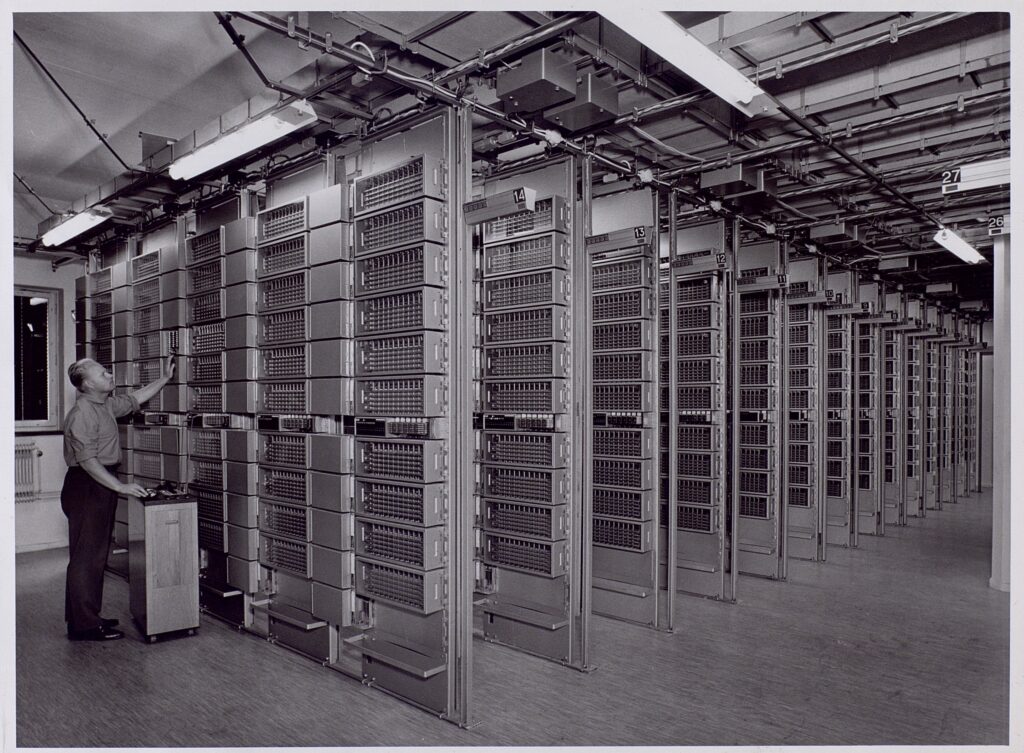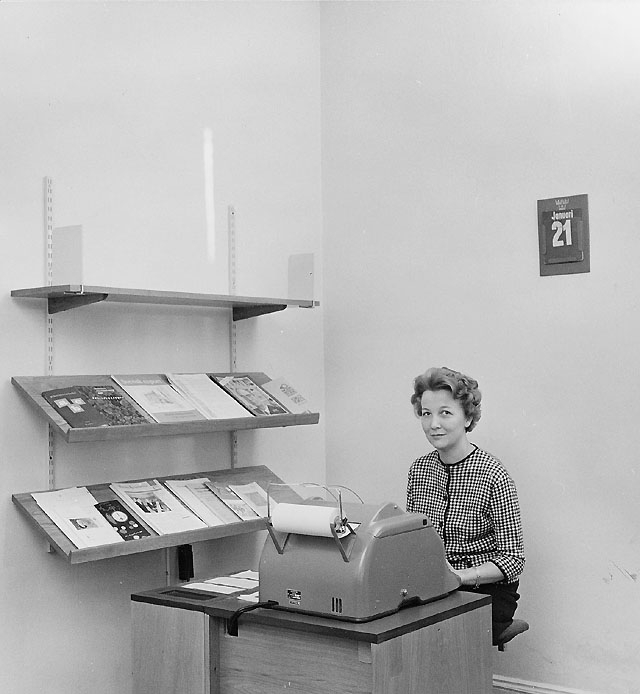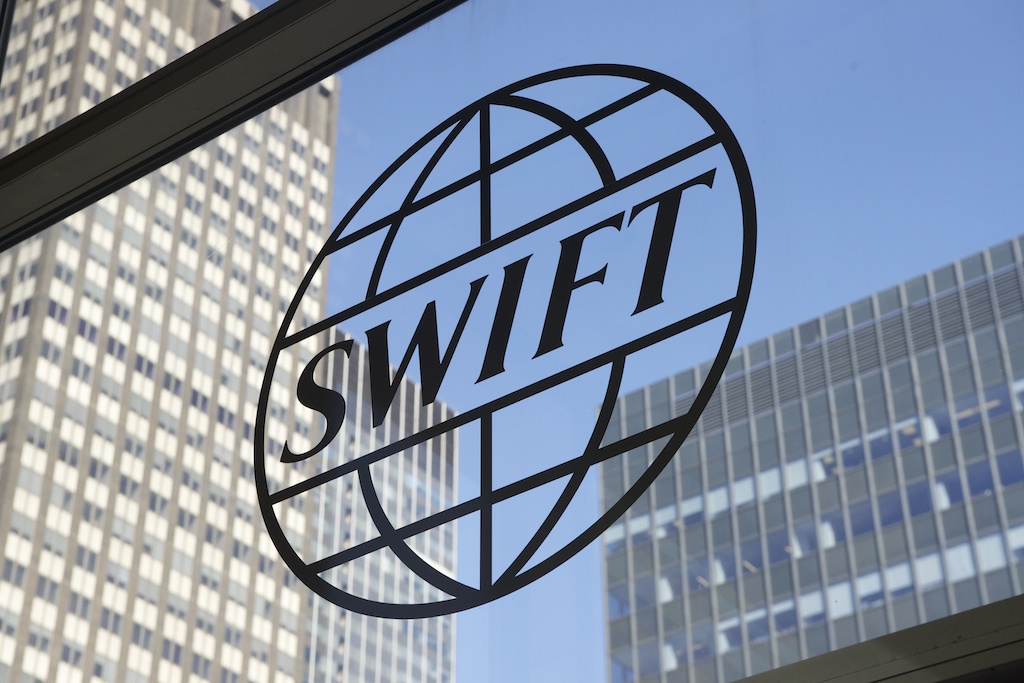For centuries, the long distance trade of goods has required a flow of payments in opposite directions. Goods from exotic places circulated in the Roman empire; the Silk Road brought tea and other spices from Asia to Europe. In ancient times, goods moved through networks of merchants where family and kin played an important role. Merchants, however, had to pay for the whole consignment on the spot and assumed all the risk until goods were sold.
This meant only rare, valuable and easy-to-transport goods, such as pearls, cowrie shells or cinnamon, traveled long distances to facilitate transactions between merchants. There was no constant flow of goods, as the risk of noncompletion was high. International trade was thus casual and episodic, rather than continuous, until the 1700s.
The risks of international maritime trade were significantly reduced with the emergence of three key financial documents: letters of credit, bills of lading and bills of exchange. These enabled larger quantities of goods to travel farther, though travel time was still significant. In the 18th century, it could take a Dutch ship 14 months to reach the Far East. In the late 19th century, it took 50 days for an English steamboat traveling through the Suez Canal to reach Australia — today that journey takes about 28 days.
In the absence of electronic transfers and global financial institutions, networks of correspondent banks minimized the need for traveling with large sums of money. If a company needed to pay for an international delivery of goods, its local bank would work with a correspondent bank to make the connection with the seller’s local bank, for a fee. The seller would ship the goods when the correspondent bank received the money, and the money would be released when the customer confirmed receipt of the goods. A prime example is London-based Midland Bank (today HSBC), which grew substantially in the 1940s and 1950s, when banks communicated by post, telegraph or Telex.
According to Ashley Sweetman’s book “Cyber and the City: Securing London’s Banks in the Computer Age,” by 1977, approximately 80% of international payment instructions were sent by mail and 20% by Telex. But these methods were prone to error and misinterpretation as banks exchanged information and authentication using freestyle text. Finalizing a transaction required multiple messages, and communication delays meant that funds sat at the correspondent bank as the goods languished in a warehouse. That made processing cross-border payments costly, labor-intensive and time-consuming.
This all changed in the 1970s, when direct electronic communication between banks became the standard, thanks to a network called the Society for Worldwide Interbank Financial Telecommunication (SWIFT).

Learning to communicate
As the volume of international trade rapidly increased in the 1950s and 1960s, financial institutions sought to streamline and bring order to cross-border payment instructions. Major banks looking to grow their international presence began using private networks and leased satellite facilities to develop international, proprietary communication networks.
By late 1960s and early 1970s, European and American banks were experiencing some success in creating private projects connecting financial institutions within cities, states or countries. Examples of these still in existence today are the Clearing House Interbank Payment System (CHIPS) and the Clearing House Automated Payment System (CHAPS), national check-clearing systems in the U.S. and U.K., respectively.
Enabling such a network to exchange information among different computer models was a huge task. These ad hoc networks posed serious challenges for increasing scale, as adding new members was cumbersome because equipment was usually incompatible or upgrading was not cost effective.
To address the issue of lack of communication standards and to service the enormous eurodollar market, Citibank developed an in-house Telex standard between its London and New York offices called Machine Readable Telegraphic Input (MARTI). From 1971 to 1973, it was marketed as a subscription service to other banks, but the banking community rejected Citibank’s standard. Other institutions found the service too expensive or were unwilling to relocate their funds in New York to subscribing correspondent banks. Competing initiatives continued to emerge.
A group of 68 banks in Europe and North America began working together to explore ways to “rationalize and automate” interbank cross-border transactions. These banks launched an initiative called Message Switching Project (MSP) in 1971. The group commissioned two consulting reports: one from Logica Ltd. in the U.K., to delineate technical and financial features of the project, and one from the Stanford Research Institute in the U.S., to analyze the legal and organizational aspects.
The consultants concluded in 1972 that it was feasible to use new technology to ensure the integrity of messages over a network when sending instructions for payments of substantial sums of money. But they also noted the inherent risks and challenges in transmitting potentially sensitive payment information via a network powered by relatively new hardware and software.

Following the report, in 1973, the Society for Worldwide Interbank Financial Telecommunication was born. At the time, its members included 239 banks from 15 Western European and North American countries. Today, SWIFT connects more than 11,000 institutions in more than 200 countries and territories.
SWIFT was established as a cooperative non-profit organization with the mandate to facilitate cross-border payments by automating communication between banks through the introduction of machine-readable encrypted messaging standards. Member banks could now send payment instructions directly to counterparts at increased speed, in higher volumes, for reduced cost, and with improved security.
Many long meetings were needed to reach consensus among the members regarding standards, forms of operation, communications protocols, encryption, etc. For instance, the British banks’ representative readily agreed with the SWIFT managers’ proposal to protect messages through encryption. However, the representative of the American banks believed there was “no need for crypto protection.” Negotiations continued for several months before the various sides did in fact agree to protect messages via encryption.
By the end of 1974, an initial design of the long-awaited network was complete. Proprietary software was developed around a Burroughs computer hub located in Brussels — a diplomatic alternative to New York and London — that would become the central message clearing house. The two B3700 computers, with four data communication processors and 14 data concentrators, cost more than $6 million (more than $40 million in today’s dollars). Users would be responsible for the security of any communication lines between national concentrators and user terminals, as well as for the security of their own premises.
A new era
The first message was sent across the SWIFT network in 1977, which consisted of 518 institutions in 22 countries. Success, as measured by the number of messages exchanged in the network, was rapid: By 1979, the volume of messages passing through the SWIFT network exceeded 120,000 per day, surpassing 10 million for that calendar year.
Although the system itself was innovative, integrating manual practices and legacy technology was integral in the early days. For instance, it was crucial to enable communication with Telex devices, as not all banks could afford a dedicated terminal for the SWIFT computer system. Telex identification numbers (known as Bank Identifier Codes or BIC) were adapted as part of the SWIFT identification code. All the registered addresses were then listed in a directory shared among members, helping SWIFT become part of existing back-office practices.
SWIFT was initially established to service the needs of a small group of banks by reducing errors and increasing efficiency. But increased efficiency in interbank payments evolved into a broader industry cooperative and became an unexpected network phenomenon.
As banks realized the efficiencies associated with standardized messages, they worked together to expand these benefits across financial services markets. Between 1994 and 1997, banks organized subcommittee SC4 (Securities and related financial instruments) under the International Organization for Standardization (ISO), technical committee TC68 (Banking, securities and other related services). The ISO/TC68/SC4 resulted in norm ISO 7775, which details some 50 message types and formats that were subsequently implemented throughout the SWIFT network.
In spite of the long initial planning phase, there were some operational issues to be resolved such as hardware and software issues, disruptions in electricity supply in the hub, and the system being overwhelmed by unexpectedly high traffic. Attempts to send false payment instructions have been addressed continually since the network’s inception. SWIFT administrators’ security measures were largely effective until 2016, when unknown hackers stole $81 million from the central bank of Bangladesh.
International collaboration between banks led SWIFT to become the premiere transactional infrastructure powering the global payments system. Today, SWIFT handles more than 11 billion messages each year, even as regional payment systems have expanded, such as the European Union’s Single Euro Payment Area (SEPA) initiative. SWIFT is now expanding its scope to pursue cross-border payments for individuals and SMEs via SWIFT GO and is working on interlinking central bank digital currencies. What a difference 50 years makes.
Read more
Sign up to keep up to date with ReThink Q.







